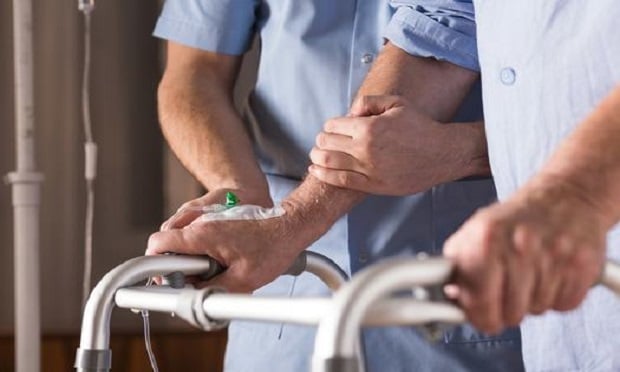 The provision of health care usually involves a degree of physical proximity and contact between the caregiver and patient, but unfortunately, a few individuals in the industry have exploited such situations to commit abuse. (Photo: Shutterstock)
The provision of health care usually involves a degree of physical proximity and contact between the caregiver and patient, but unfortunately, a few individuals in the industry have exploited such situations to commit abuse. (Photo: Shutterstock)
The delivery of health care services in a range of settings and to different categories of patients can give rise to a variety of risk factors. With most industry sectors seeking coverage for sexual molestation liability, the focus is almost exclusively upon the risk of abuse involving minors. While that is obviously a key consideration for health care providers too, they also face arguably the greatest and most complex issues of risk management and abuse prevention involving vulnerable adults under their care and supervision.
Recommended For You
Want to continue reading?
Become a Free PropertyCasualty360 Digital Reader
Your access to unlimited PropertyCasualty360 content isn’t changing.
Once you are an ALM digital member, you’ll receive:
- Breaking insurance news and analysis, on-site and via our newsletters and custom alerts
- Weekly Insurance Speak podcast featuring exclusive interviews with industry leaders
- Educational webcasts, white papers, and ebooks from industry thought leaders
- Critical converage of the employee benefits and financial advisory markets on our other ALM sites, BenefitsPRO and ThinkAdvisor
Already have an account? Sign In Now
© Touchpoint Markets, All Rights Reserved. Request academic re-use from www.copyright.com. All other uses, submit a request to [email protected]. For more inforrmation visit Asset & Logo Licensing.







